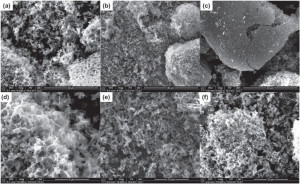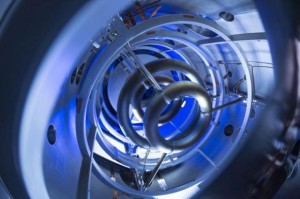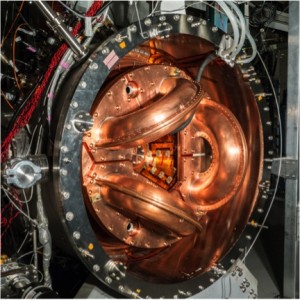Upcycling has become a huge trend in recent years. People are reusing and repurposing items that most wouldn’t give a second glance, transforming them into completely new, high-quality products. So what if we could take that same concept and apply it to the greenhouse gas emissions in the environment that are accelerating climate change?
An interdisciplinary team from UCLA is taking a shot at upcycling carbon dioxide by converting it into a new building material named CO2NCRETE, which could be fabricated by 3D printers.
“What this technology does is take something that we have viewed as a nuisance – carbon dioxide that’s emitted from smokestacks – and turn it into something valuable,” says J.R. DeShazo, senior member of the research team.
“We can demonstrate a process where we take lime and combine it with carbon dioxide to produce a cement-like material,” says Gaurav Sant, lead scientific contributor. “The big challenge we foresee with this is we’re not just trying to develop a building material. We’re trying to develop a process solution, an integrated technology which goes right from CO2 to a finished product.”






